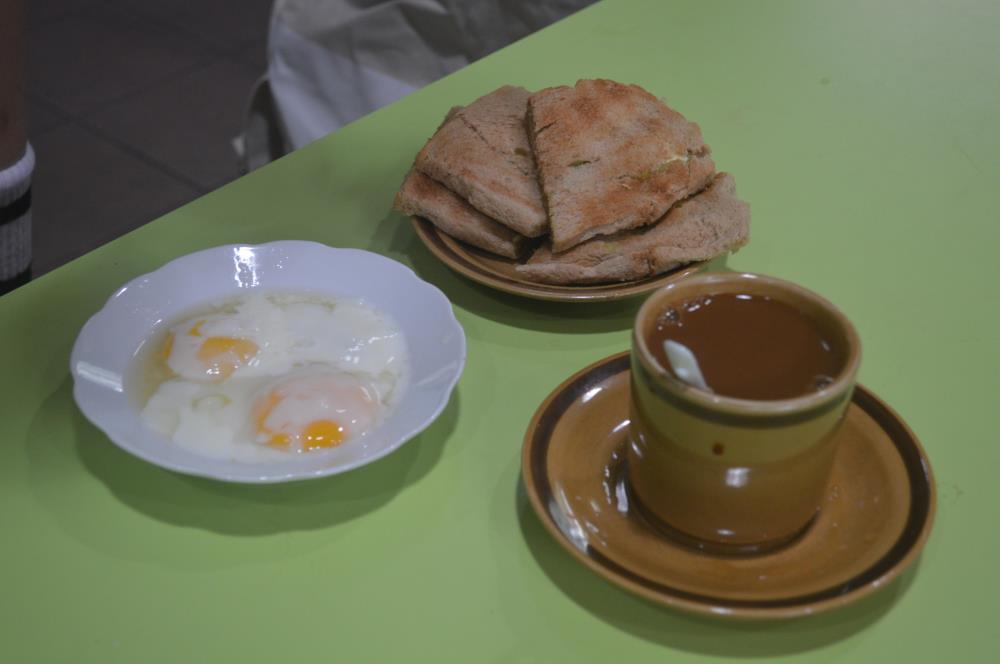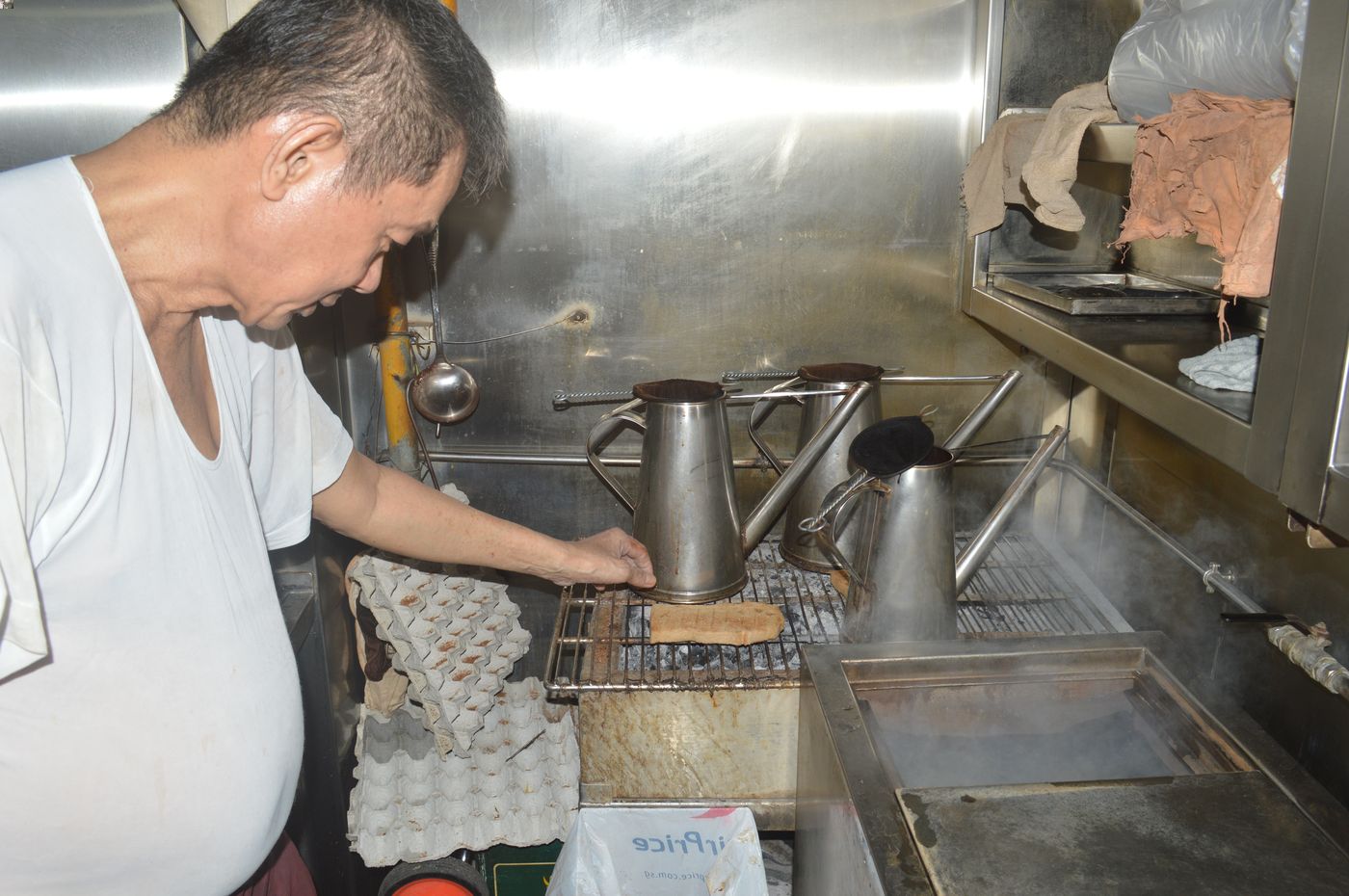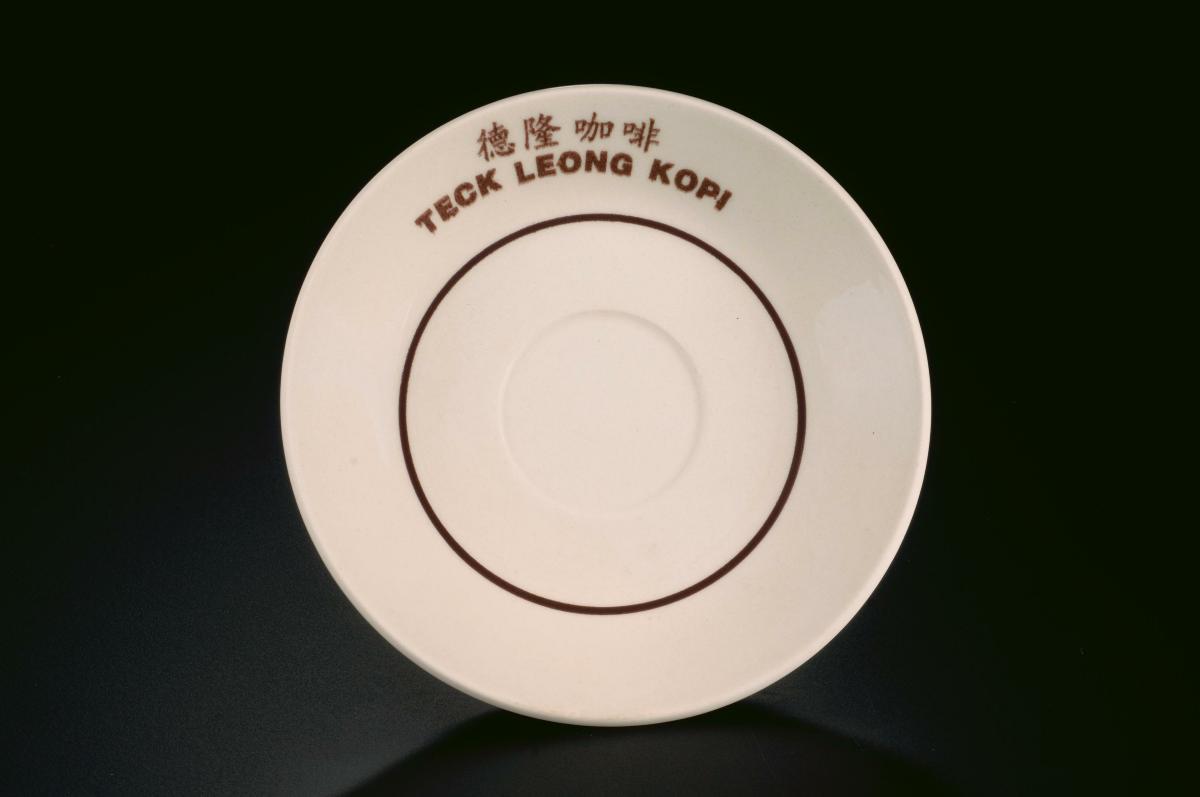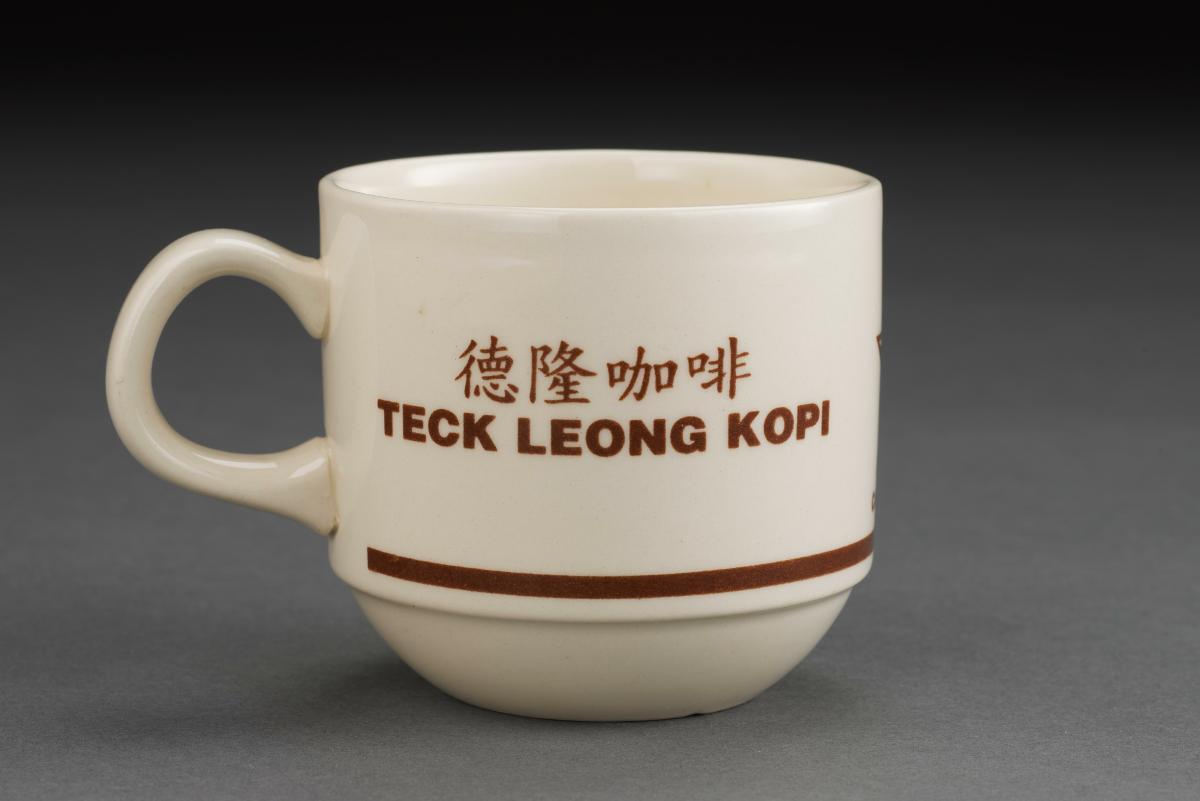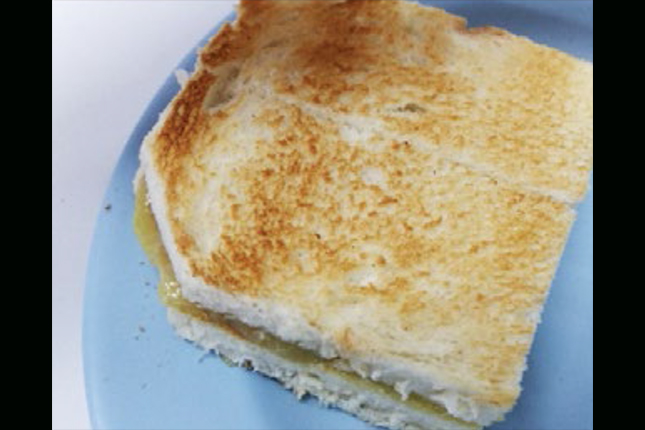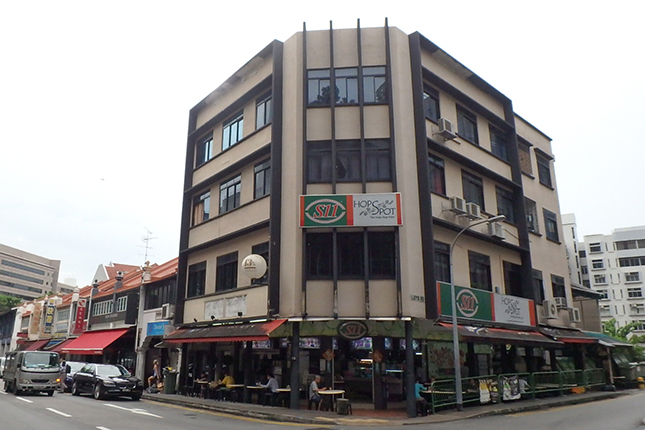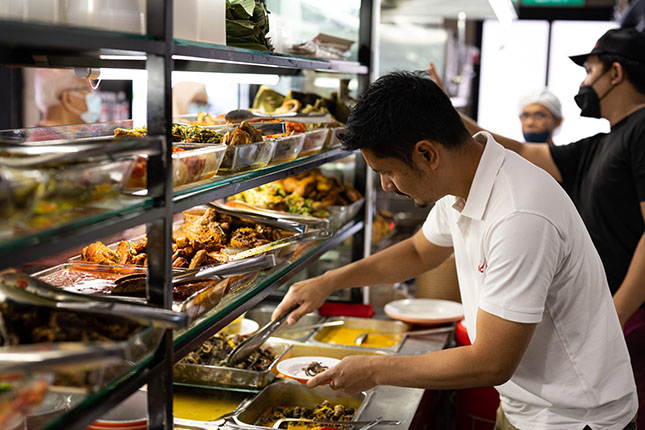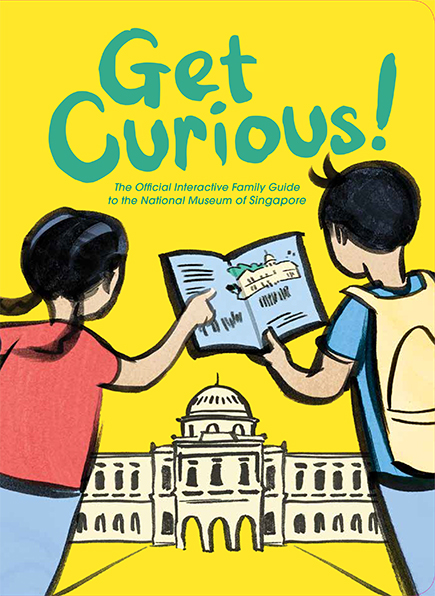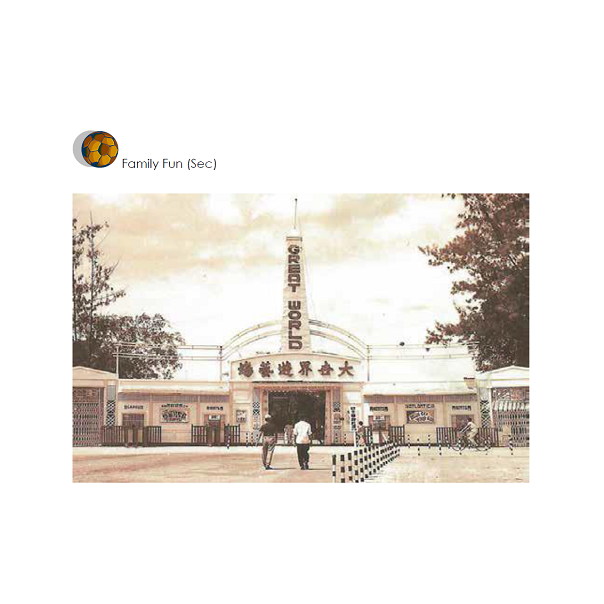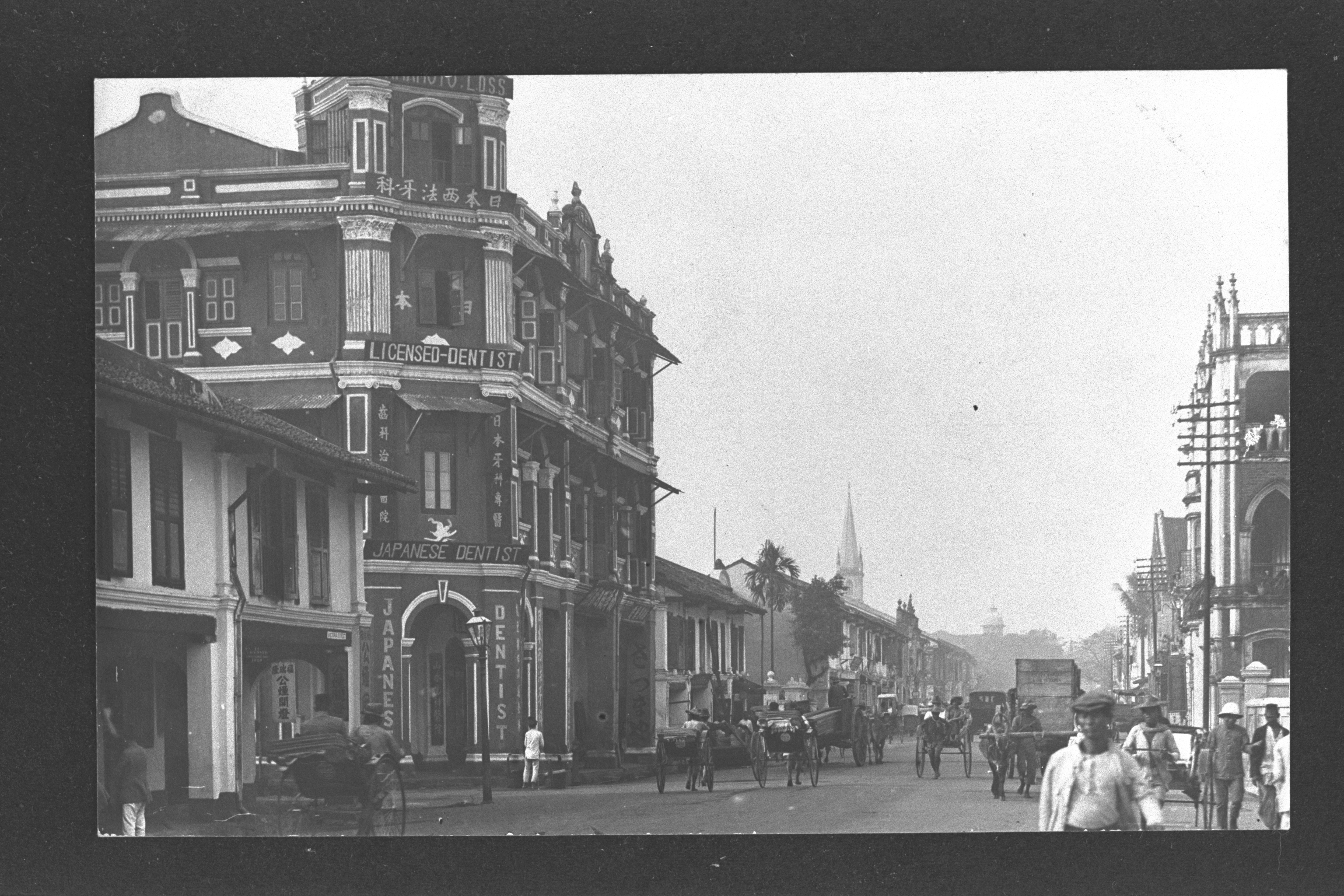Traditional Breakfast of Kaya and Kopi
A traditional style of breakfast comprising of kaya — an egg jam made with coconut milk and sugar — on charcoal-grilled toast, paired with two soft boiled eggs, and Hainanese-style kopi (coffee) or tea, is commonly found in Southeast Asia. It is also often referred to as “Nanyang” breakfast. “Nanyang” is the Mandarin term for “South Sea” (南洋), and is often used to refer to Southeast Asia.
The influences of this style of breakfast have been linked to the British breakfast, and the style of coffee roasting to Portugal and Spain. It started with the arrival of Hainanese immigrants in the 19th century. Many of them had worked as cooks onboard European ships, or in households and hotels. During the Japanese Occupation, there was an exodus of the British, leaving behind abandoned shops in which the Hainanese immigrants set up their own eateries, bakeries, and coffee-roasting businesses. Between the 1920s and 1950s, the Hainanese carved out a niche in the kopitiam scene and expanded their businesses, popularising the kopitiam culture as well as the style of “Nanyang” breakfast.
Geographic Location
This traditional style of breakfast is common in Southeast Asia. In Singapore, this style of breakfast is typically found in Singapore’s coffeeshops, or kopitiams (kopi is Malay for “coffee” and tiam is Hokkien for “shop”) as well as coffee stalls in hawker centres.
Communities Involved
Traditionally, many coffeeshops serving the Nanyang breakfast are run by those of Hainanese descent. Overtime, the industry has diversified, and people of different ethnicities and dialect groups joined this trade. This style of breakfast is enjoyed by the working crowd, retirees and youths alike.
Associated Social and Cultural Practices
Traditional Hainanese-style coffee involves a roasting process that differs from coffeeshop to coffeeshop. A traditional roast is eight parts beans to two parts sugar and margarine, roasted for twenty-five minutes at 180 degrees Celsius. Salt is added midway through the process, and sugar at the end to give it a caramelised finish and remove the bitter aftertaste.
The terms “kopitiam” or “coffeeshop” should not deter tea lovers. Tea, known as “teh” in Malay, is as much a staple of a traditional “Nanyang” breakfast as kopi. Ceylon tea is usually used. Preparing tea and coffee involves a similar process. Kopi or teh powder is poured through a muslin bag and stirred with a stick or a pair of long chopsticks before being poured back and forth between two large enamel jugs with long spouts to aerate and cool the brew.
The bread used for the toast is locally made, with crusts removed before being packed and distributed to coffeeshops. Traditionally, the bread is toasted over a charcoal fire before being slathered with margarine and kaya. These days, many stalls and coffeeshops use electric grills to toast the bread. Peranakan-style kaya is infused with pandan leaves that give it a distinctive green colour. Hainanese-style kaya has the addition of caramelised sugar, giving it a brown tint.
Experience of a Practitioner
Mr Wong Lu Shen, founder and proprietor of Ah Seng (Hai Nam) Coffee, believes that this style of breakfast is an important form of tradition in Singapore. He shared that the preparation of the food and drinks has changed since the 1980s. Coffee is still roasted, but not on-site. Some kopitiams retain a traditional look with marble topped tables and antique wooden chairs, while others have plastic chairs and tables. Ceramic cups have been replaced by glass ones at many kopitiams.
Present Status
Mr Wong is confident that the kopi culture is sustainable as there is no lack of customers. But, he worries that family-run businesses like his, might suffer from a lack of interest among the younger generation. While his eldest son will be taking over from him, his two daughters have no interest to join him. Mr Wong has also found it difficult to hire assistants to help his son run the shop. He attributes this to the long hours, the labour-intensive work and limited career progression.
Mr Wong hopes that spreading a greater appreciation of this tradition will spark an interest from the younger generations to keep this style of breakfast alive.
References
Reference No.: ICH-066
Date of Inclusion: March 2019
References
Chan, Margaret. “A salute to coffee drinking”. The Straits Times, 5 July 1987.
Chan, Margaret. “The old – fashioned vanishing breakfast” The Straits Times, 24 April 1988.
Cheong, June, Teo Cheng Wee and Mak Mun San. “Kopi Connection”, The Straits Times, 20 May 2007.
Kong, Lily and Sinha, Vineeta. Food, Foodways and Foodscapes: Culture, Community, and Consumption in Post-Colonial Singapore. Singapore: World Scientific Publishing, 2015.
Lai Ah Eng. “The Kopitiam in Singapore: An Evolving Story about Migration and Cultural Diversity". Asia Research Institute: Working Paper Series No. 132, 2010.
Tan, Alvin, Mark. La Kopi. Singapore: Maths Paper Press. 2017.




